Commentary: In Myanmar, war doesn’t pause even for an earthquake
The idea that Myanmar’s deadliest earthquake in a century could change the junta’s mindset is, at best, wishful thinking, says political scientist Nyi Nyi Kyaw.
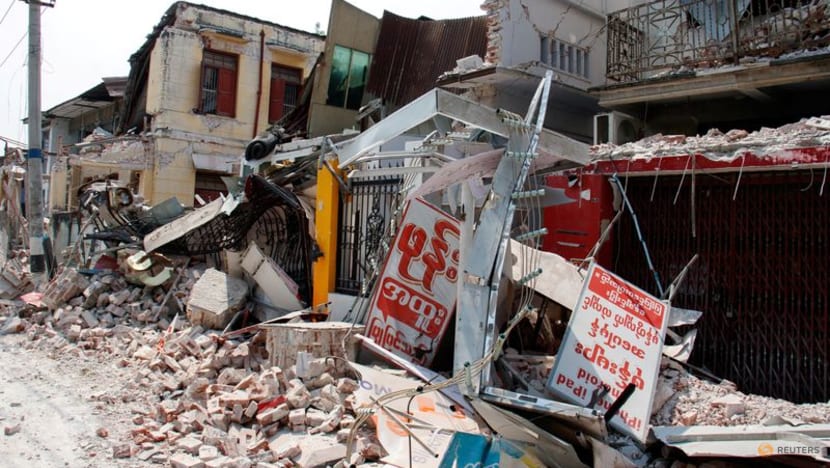
Buildings lie in ruins after a strong earthquake, in Amarapura, Myanmar, Mar 31, 2025. REUTERS/Stringer

This audio is generated by an AI tool.
BRISTOL: Myanmar’s massive 7.7-magnitude earthquake on Friday (Mar 28) - the most powerful in a century - delivered yet another crushing blow to a nation already battered by four years of civil war.
Areas were devastated and flattened, roads cracked open, rows of buildings and homes toppled to the ground, and countless residents are still buried under rubble. The death toll stood at more than 2,700 as of Tuesday afternoon, but the US Geological Service has warned the number of deaths could end up exceeding 10,000.
Myanmar will almost certainly sink deeper into chaos and despair.
Amid the widespread devastation, the military junta issued an almost immediate and rare plea for international aid.
Admittedly, the State Administration Council (SAC) regime’s swift appeal stands in sharp contrast to the aftermath of Cyclone Nargis in May 2008, when the junta initially rejected international assistance, delaying it by two to three weeks.
While some might view the SAC’s quick action as a positive development, caution is warranted.
Since the 2021 coup, Myanmar has descended into a political and humanitarian abyss. A multi-front civil war continues unabated. The military has lost significant territory to resistance forces, collectively known as the Spring Revolution.
Myanmar’s people have endured violent conflict, economic collapse and mass displacement. Forced conscription has driven young people to flee their homes and the country in droves.
With no end to the turmoil in sight, the earthquake has sparked discussions and cautious hopes for a political settlement between the junta and the resistance forces - if not a lasting solution, then at least a pause in the fighting.
However, such hopes may be premature at best and misguided at worst. Those pushing for reconciliation should remember the coup’s core aim: The military’s return to power.
FAMILIAR TACTICS, EVEN IN A MASSIVE DISASTER
From the beginning, the coup had a single overriding objective: To restore the control the military was forced to cede during the National League for Democracy’s tenure (from 2016 to 2020) and to cement its authority over Myanmar’s future.
The past four years of military rule have underscored this aim.
Just one day before the earthquake struck, SAC chair and military chief Min Aung Hlaing vowed to press on with a “Just War” against the resistance. He declared that peace would only come if the resistance disarmed, renounced violence and joined the junta’s reengineered political system.
Mere hours after the earthquake, even as Myanmar grappled with shock and grief, the junta reportedly continued carrying out airstrikes on several resistance and civilian targets.
This stands in stark contrast to the pledge made by the National Unity Government, which largely represents the resistance against the coup, to observe a two-week partial ceasefire to facilitate aid efforts.
The United Nations special rapporteur on human rights in Myanmar Tom Andrews as well as Singapore’s Minister for Foreign Affairs Vivian Balakrishnan have also called for a humanitarian ceasefire, but their pleas have fallen on deaf ears among the generals.
THE SMELL OF DEATH
Beyond its immediate appeal for aid - which prompted responses from countries including China, India, Japan, Singapore, Malaysia and Thailand - the junta has declared a week of national mourning beginning Mar 31.
Sagaing, the earthquake’s epicentre, has received scant attention compared to Naypyidaw and Mandalay, Myanmar’s administrative and cultural capitals, both still under junta control.
Sagaing, though also junta-held, lies next to areas controlled by resistance forces, particularly the People’s Defence Forces under the National Unity Government.
Residents say the stench of decomposing bodies has filled the streets. But reports indicate that citizens, relief workers and local organisations in Sagaing are being prevented from carrying out effective rescue and relief operations.
The presence of the 33rd Light Infantry Division in Sagaing has made access to the city extremely difficult, if not impossible, according to people on the ground.
“The military is conducting security checks everywhere, making it impossible for them to enter,” Dr Wai Zan, who works at the Sagaing General Hospital, told the New York Times.
International media has been denied entry, leaving the world reliant on citizen journalists who continue to send out news, photos and videos to shed light on the disaster’s aftermath.
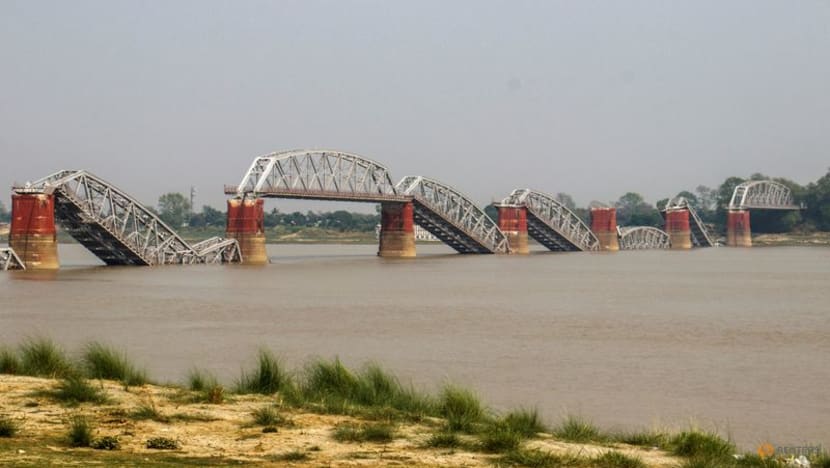
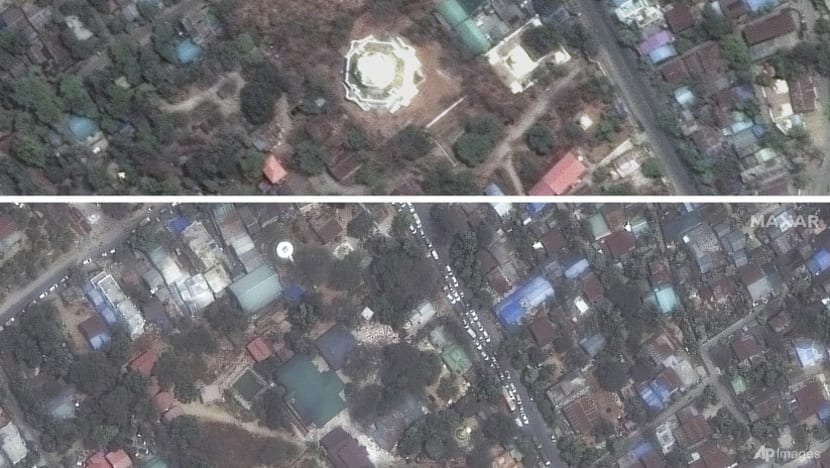
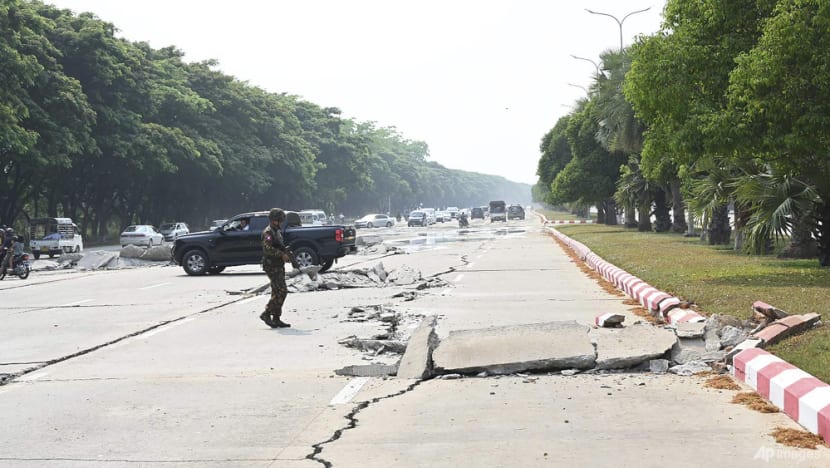
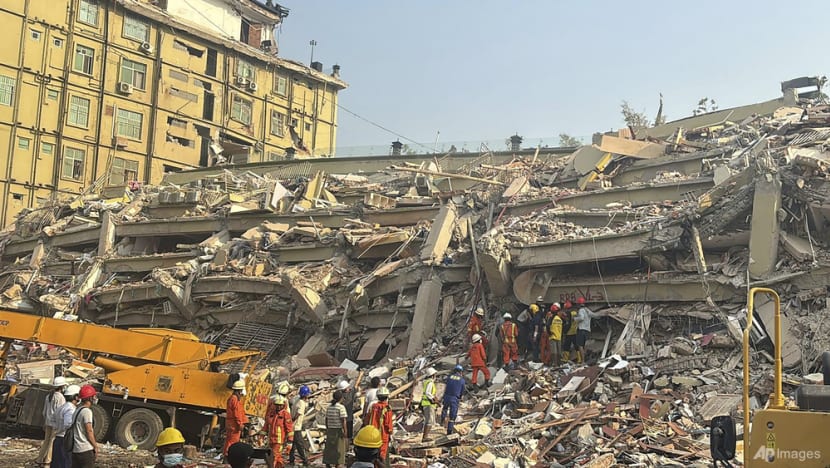
A TEST FOR REGIONAL DIPLOMACY
On Apr 5, the foreign ministers of current ASEAN chair Malaysia and Thailand will undertake a humanitarian visit to Myanmar.
They must push for an immediate nationwide ceasefire, alongside unrestricted aid access to the worst-affected areas.
Right now, only the growing death toll is known. The full extent of the colossal physical destruction remains unclear - and may never be fully understood. Proper assessments of both human and material losses are essential.
Only then can Myanmar and the international community mount an effective response to rescue and protect those affected, let alone begin the long task of rebuilding the quake-ravaged communities.
There is mounting concern, however, that the junta will exploit the opportunity for its own gain not only during the rescue phase but also throughout the reconstruction process, sidelining the voices and needs of affected communities.
How the region and the broader international community responds in the days ahead will not only shape the course of Myanmar’s recovery but also serve as a defining test of ASEAN’s credibility and relevance.
Nyi Nyi Kyaw is a Marie Curie Research Fellow at the School of Sociology, Politics and International Studies at the University of Bristol. He was previously a Visiting Fellow with the Myanmar Studies Programme at ISEAS-Yusof Ishak Institute.Â












